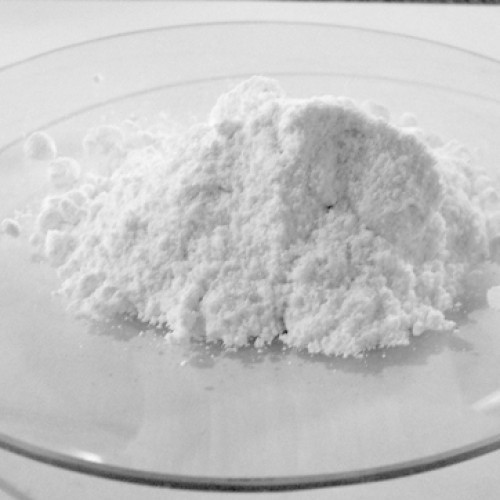Sodium bicarbonate
It is a finely ground crystalline powder, white, odorless, salty (soapy) taste, which causes irritation when it comes into contact with mucous membranes. Easily soluble in water. It is the acidic sodium salt of carbonic acid and sodium. It reacts with acids to form a salt and carbonic acid, which immediately decomposes into carbon dioxide and water. At 60°C, baking soda breaks down into sodium carbonate, carbon dioxide, and water.
A distinctive feature is the mild alkaline properties that do not have a harmful effect on animal and plant tissues.
Density - 2.159 g / cm³. Boiling point - 851°C, melting point - 270°C.
Application of baking soda.
Baking soda is widely used in various industries, the national economy and in everyday life. It is used in chemical, food, light, medical, pharmaceutical industries, non-ferrous metallurgy, etc.
It is registered in the food industry as food additive E500. The main application is cooking, baking, confectionery production, where it is used mainly as the main or additional baking powder in baking, alone or as part of complex baking powder and in ready-made baking mixes. It is also used in the production of carbonated drinks.
In medicine, a solution of baking soda is used as a weak antiseptic for rinsing, as well as a traditional acid-neutralizing remedy for heartburn and stomach pain.
In the chemical industry, it is used for the production of dyes, foam plastics and other organic products, fluorine reagents, household chemicals, fillers in fire extinguishers, for separating carbon dioxide and hydrogen sulfide from gas mixtures. It is also included in the composition of the powder used in powder fire extinguishing systems, utilizing heat and displacing oxygen from the combustion source with the emitted carbon dioxide.
In light industry, sodium bicarbonate is used in the production of sole rubber and artificial leather, leather production (tanning and neutralization of leather), textile industry (finishing silk and cotton fabrics).
Sodium bicarbonate
It is a finely ground crystalline powder, white, odorless, salty (soapy) taste, which causes irritation when it comes into contact with mucous membranes. Easily soluble in water. It is the acidic sodium salt of carbonic acid and sodium. It reacts with acids to form a salt and carbonic acid, which immediately decomposes into carbon dioxide and water. At 60°C, baking soda breaks down into sodium carbonate, carbon dioxide, and water.
A distinctive feature is the mild alkaline properties that do not have a harmful effect on animal and plant tissues.
Density - 2.159 g / cm³. Boiling point - 851°C, melting point - 270°C.
Application of baking soda.
Baking soda is widely used in various industries, the national economy and in everyday life. It is used in chemical, food, light, medical, pharmaceutical industries, non-ferrous metallurgy, etc.
It is registered in the food industry as food additive E500. The main application is cooking, baking, confectionery production, where it is used mainly as the main or additional baking powder in baking, alone or as part of complex baking powder and in ready-made baking mixes. It is also used in the production of carbonated drinks.
In medicine, a solution of baking soda is used as a weak antiseptic for rinsing, as well as a traditional acid-neutralizing remedy for heartburn and stomach pain.
In the chemical industry, it is used for the production of dyes, foam plastics and other organic products, fluorine reagents, household chemicals, fillers in fire extinguishers, for separating carbon dioxide and hydrogen sulfide from gas mixtures. It is also included in the composition of the powder used in powder fire extinguishing systems, utilizing heat and displacing oxygen from the combustion source with the emitted carbon dioxide.
In light industry, sodium bicarbonate is used in the production of sole rubber and artificial leather, leather production (tanning and neutralization of leather), textile industry (finishing silk and cotton fabrics).





